Tag: trauma
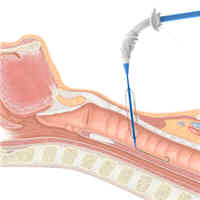
To Bronch or Not to Bronch – That Is the Question
Percutaneous tracheostomy was safely and effectively performed by an experienced surgical team both with and without bronchoscopic guidance with no difference in the complication rates. This study suggests that the use... read more

Intravenous Push Levetiracetam Safety in a Neuro-Spine ICU
Administration of levetiracetam doses up to 2000 mg via IVP is a safe method of administration that results in a reduction of time to medication administration and a reduction of benzodiazepine use. Of the 2,055 hospital-wide... read more

Prehospital FAST Reduces Admission Time and Treatment
The focused assessment with sonography in trauma (FAST) exam is an established trauma care diagnostic procedure. Ultrasound performed during prehospital care can improve early treatment and management of the patients. According... read more
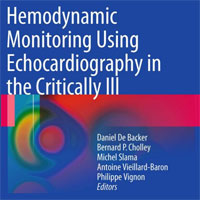
Hemodynamic Monitoring Using Echocardiography in the Critically Ill
The hemodynamic evaluation of patients with acute circulatory failure and respiratory failure has in the past usually been performed using invasive procedures but in recent years less invasive monitoring devices have been... read more
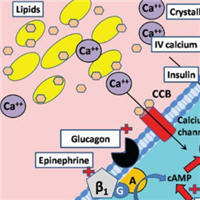
Approach to the Critically Ill Poisoned Patient
Toxicology histories are notoriously unreliable. Any available medical records, especially medication lists. Timing & amount of ingestions. Immediate vs. sustained-release formulations. Consider inquiring specifically... read more
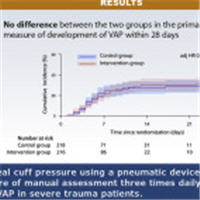
Continuous Pneumatic Regulation of Tracheal Cuff Pressure to Decrease VAP in Mechanically Ventilated Patients
Continuous regulation of cuff pressure of the tracheal tube using a pneumatic device was not superior to routine care in preventing Ventilator-associated pneumonia (VAP) in patients with severe trauma. A total of 434 patients... read more

Imputation Strategies for Missing Baseline Neurological Assessment Covariates After TBI
Statistical models for outcome prediction are central to traumatic brain injury (TBI) research and critical to baseline risk adjustment. Glasgow coma score (GCS) and pupil reactivity are crucial covariates in all such models... read more

Managing Rising COVID-19 Cases in ICU
I have been working in intensive care for over 20 years, including a decade as a consultant, and facing winter pressures has always been the norm. However, the past 18 months have been something else. During the winter... read more
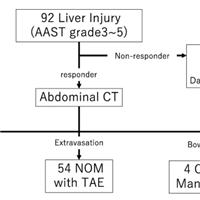
Transcatheter arterial embolization for severe blunt liver injury in hemodynamically unstable patients
Transcatheter arterial embolization (TAE) in hemodynamically unstable patients who responded to initial infusion therapy to some extent has acceptable in-hospital mortality and clinical failure rates. Hemodynamic instability... read more

Trauma Team Dynamics: A Trauma Crisis Resource Management Manual
This is the first book exploring the unique dynamics created by a multidisciplinary trauma team and how crisis management strategies can improve teamwork and communication and, potentially, improve patient resuscitation... read more
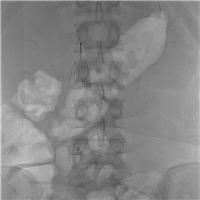
Preoperative vena cava filter placement in recurrent cerebral fat embolism following traumatic multiple fractures
Despite scarce evidence, we reckon that Inferior Vena Cava Filter (IVCF) could improve prognosis in selected patients with fat embolism syndrome (FES), especially those presenting high risk factors, after accurately weighing... read more

Point-of-Care Transcranial Doppler by Intensivists
In the unconscious patient, there is a diagnostic void between the neurologic physical exam, and more invasive, costly and potentially harmful investigations. Transcranial color-coded sonography and two-dimensional transcranial... read more

What is the Ideal Approach for Emergent Pericardiocentesis Using POCUS Guidance?
A total of 166 pericardial effusions were identified during the study period. The mean skin-to-pericardial fluid distance was 5.6 cm for the subxiphoid views, which was significantly greater than that for the parasternal... read more
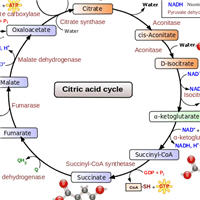
Lactate = LactHATE
Like many others who attended SMACC earlier this year I returned home dazed and confused about the significance of lactate in the septic patient. So like any good (aspiring to be) evidence-based medicine practitioner,... read more




